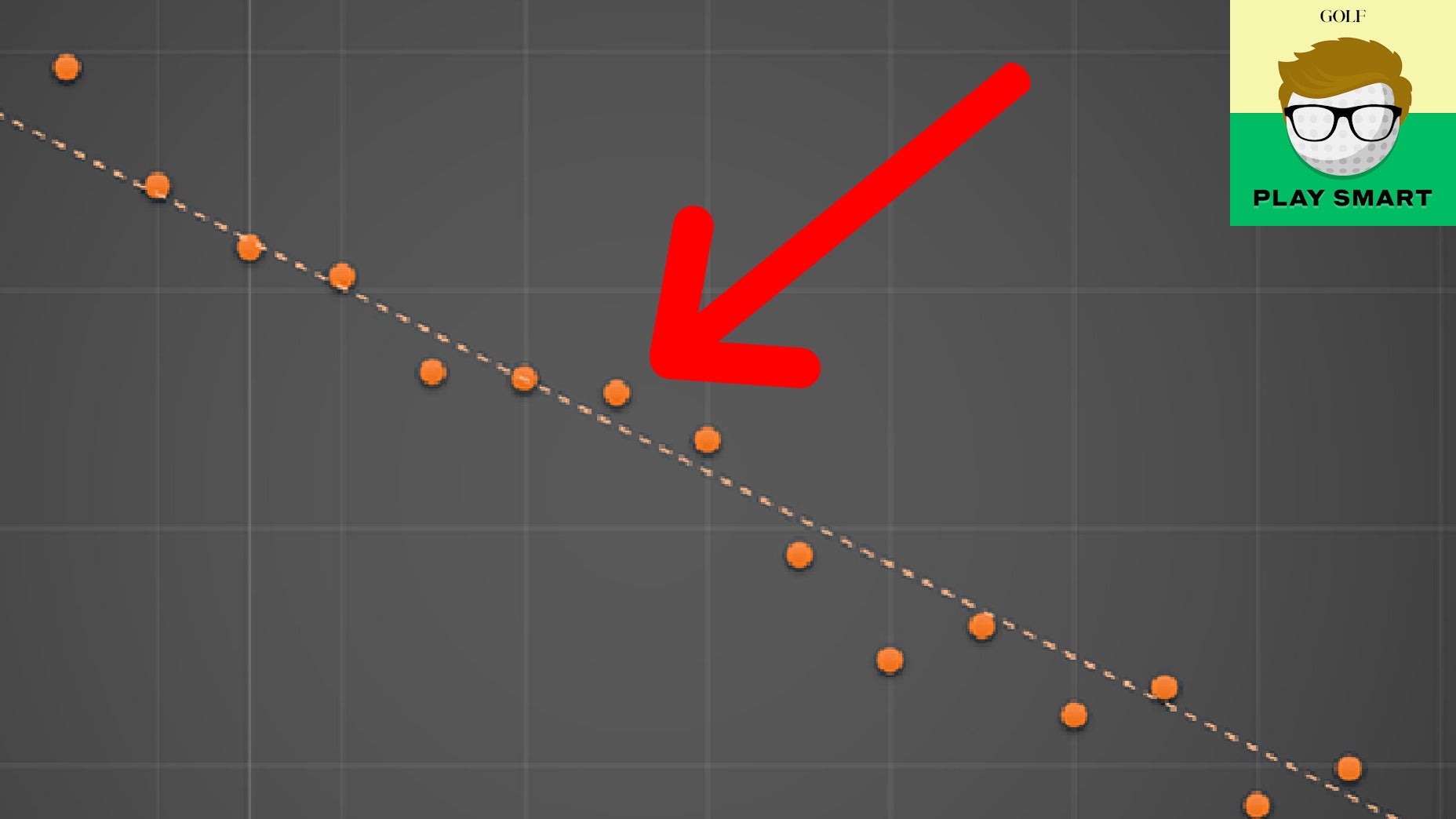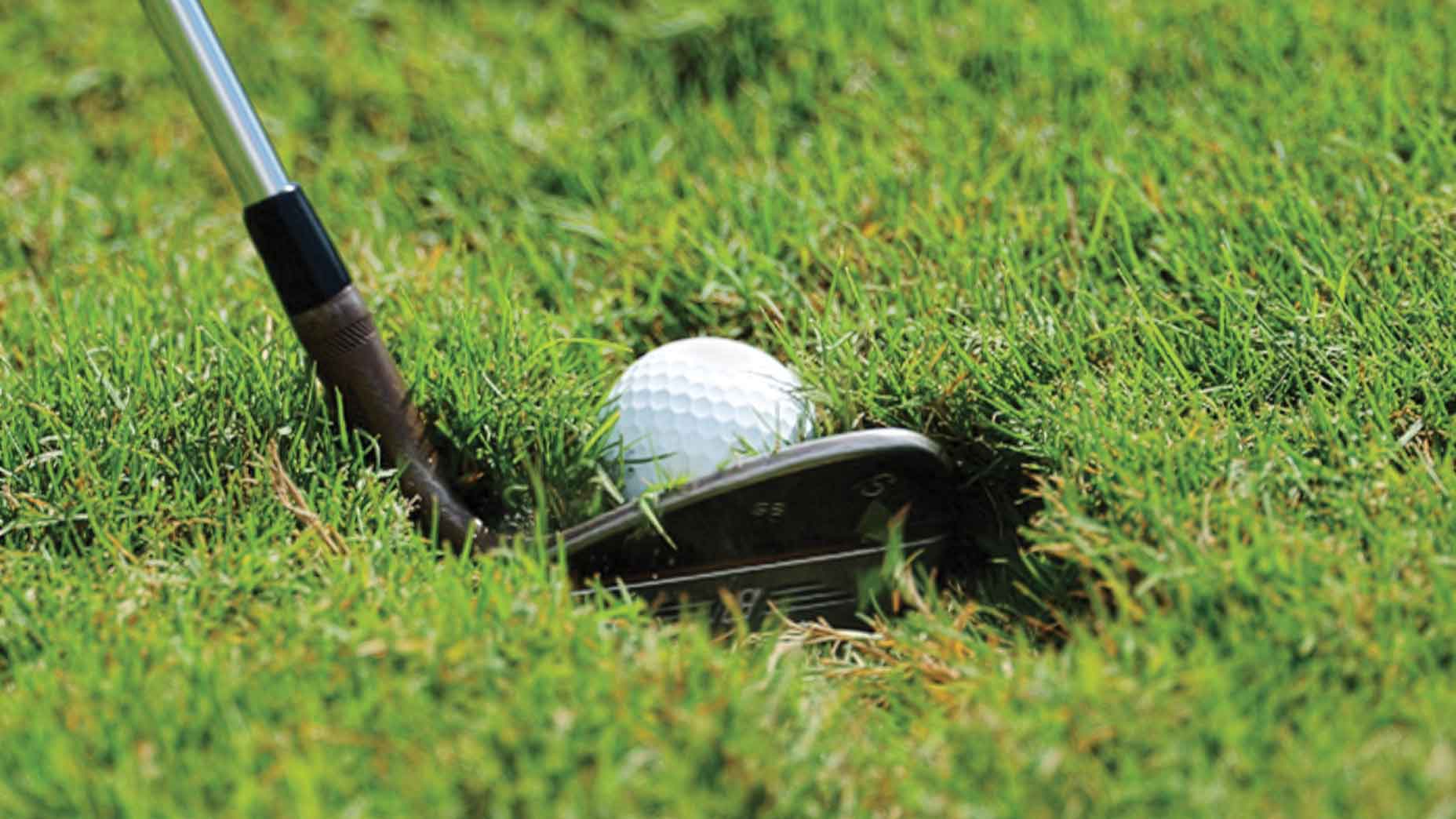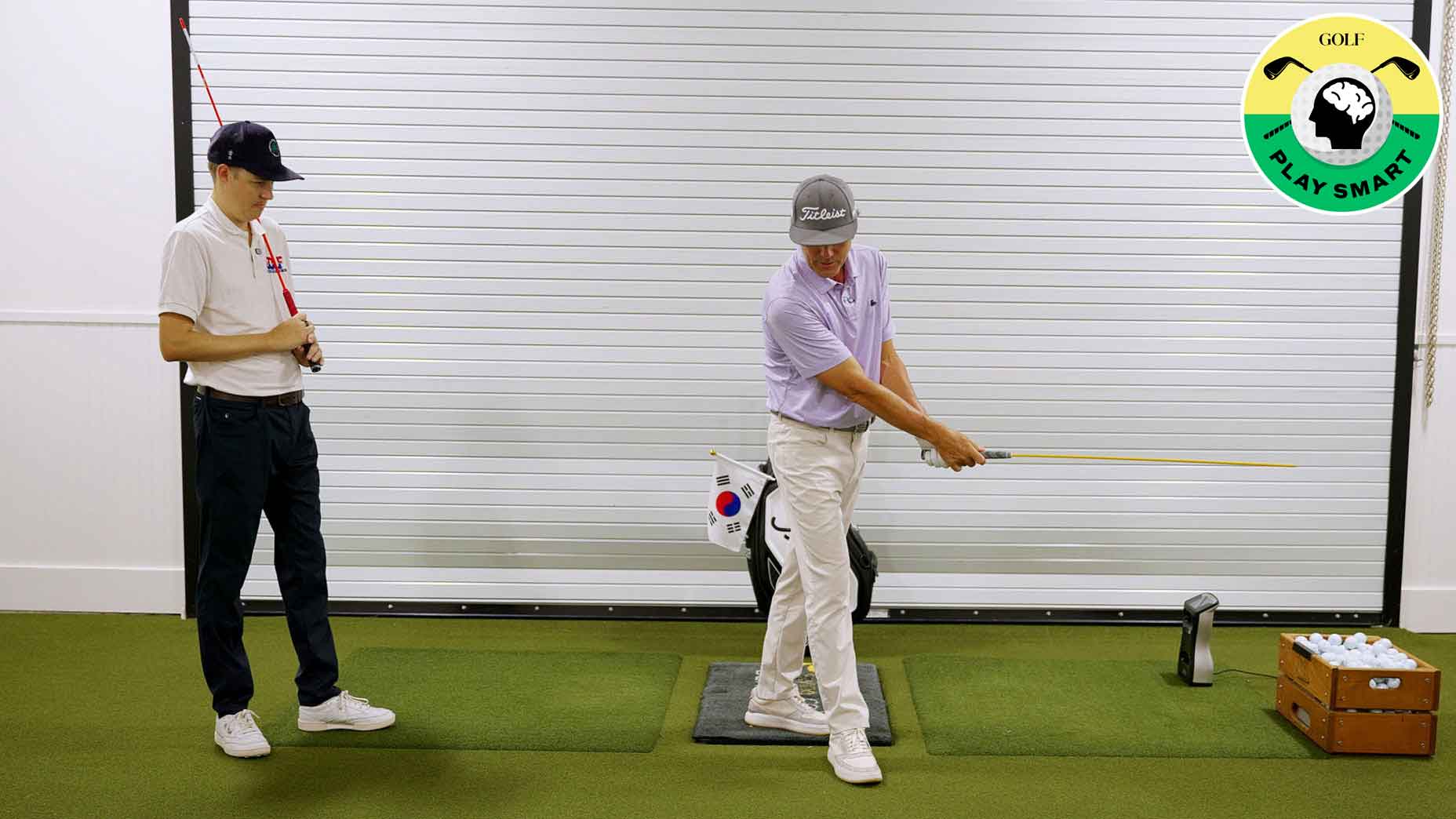Welcome to Play Smart, a game-improvement column that drops every Monday, Wednesday, and Friday from Director of Game Improvement content Luke Kerr-Dineen to help you play smarter, better golf.
Swing speed is one of those things we hear about a lot, but it’s not always easy for recreational golfers to get a handle on what it means for them. Unlike PGA Tour players, who use high-tech launch monitors and whose numbers are broadcasted live during telecasts, many recreational golfers may only learn their swing speed during lessons or fittings. And even then, it’s hard to know how you may stack up to your peers.
Well, we’re here to help.
A few years ago, Trackman gathered its data and charted the average driver clubhead speed for golfers organized by handicap. Unsurprisingly, they found a correlation between handicap and clubhead speed: Lower handicaps swing the club faster than higher handicaps.
How much faster? You can see the full results below, but generally speaking:
- PGA Tour pros average upwards of 110 mph of swing speed
- Scratch golfers average around 106 mph of swing speed
- High single-digit handicaps hover around 97 mph
- Average golfers swing the club about 93 mph
And as Golf Digest notes here for reference: each mile per hour of swing speed generally results in about 2.5 extra yards of distance.
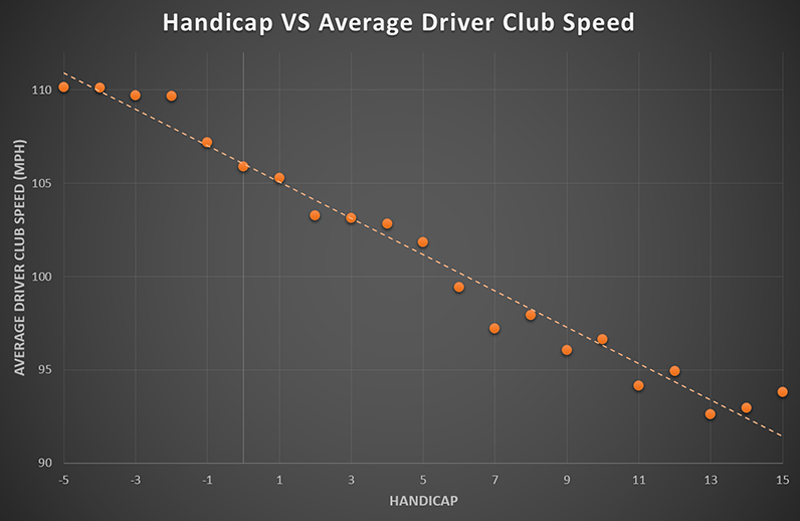

TaylorMade SIM2 Driver
It makes sense, intuitively, that the faster you swing the club, the farther you’ll hit the ball, which makes it easier for you to shoot lower scores. But forget handicaps for a moment; how does your speed stack up against other golfers?
Well, more than 40 percent of golfers measured swing the club between 91 and 100 mph, according to the same data. The overall average is 93.4 mph, so if you’re hovering around there, you should feel pretty proud of yourself.
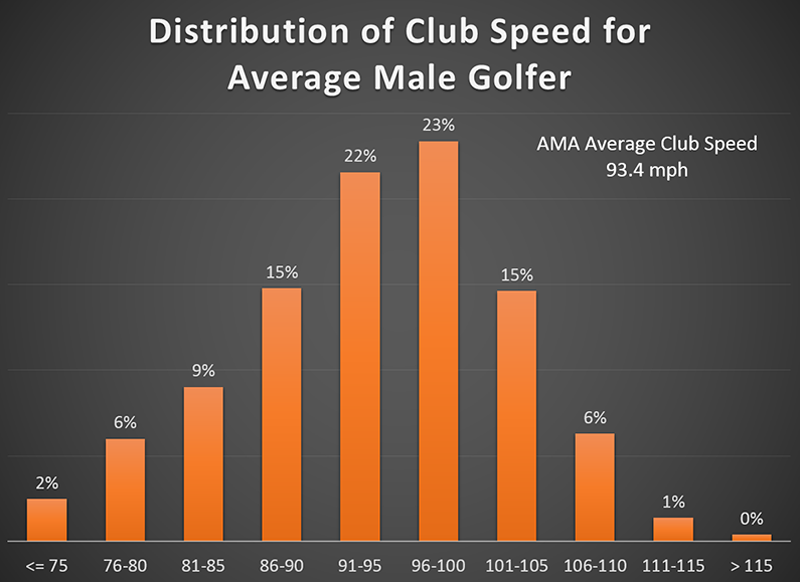
All of this is to say that it’s important to keep an eye on your swing speed, to work with a top teacher to boost your strength, and most crucially, to find a good fitter so your equipment matches your speed.
To add more pop to your swing, get a driver fitting from the experts at our sister company, True Spec Golf.
